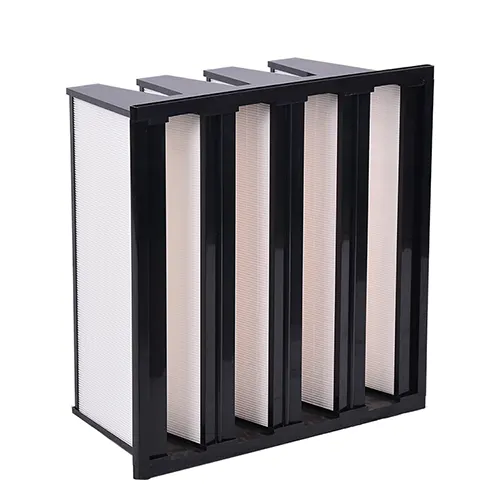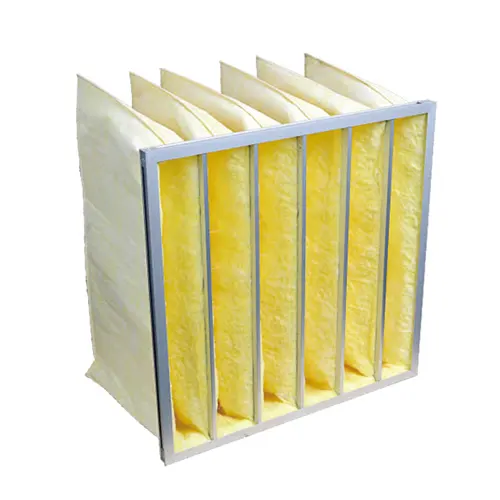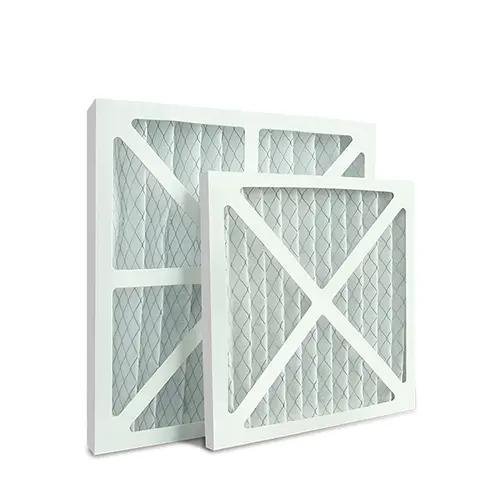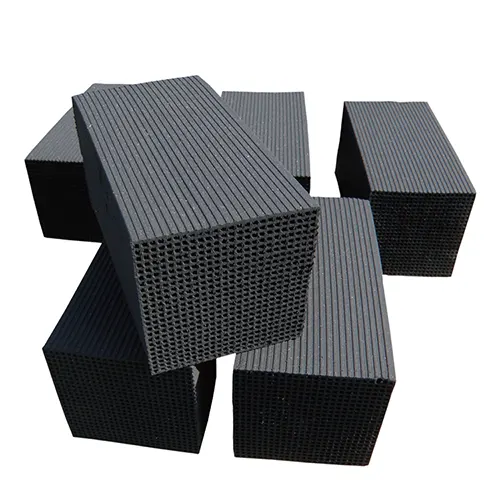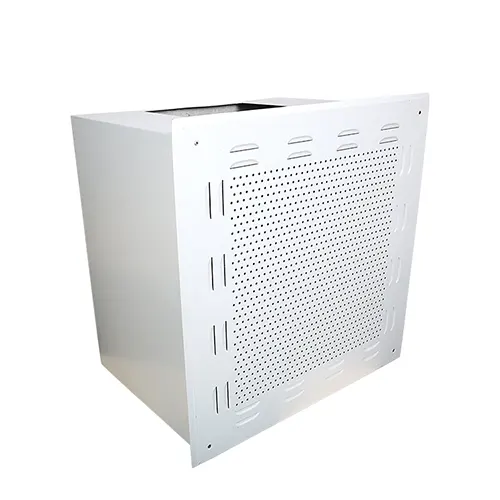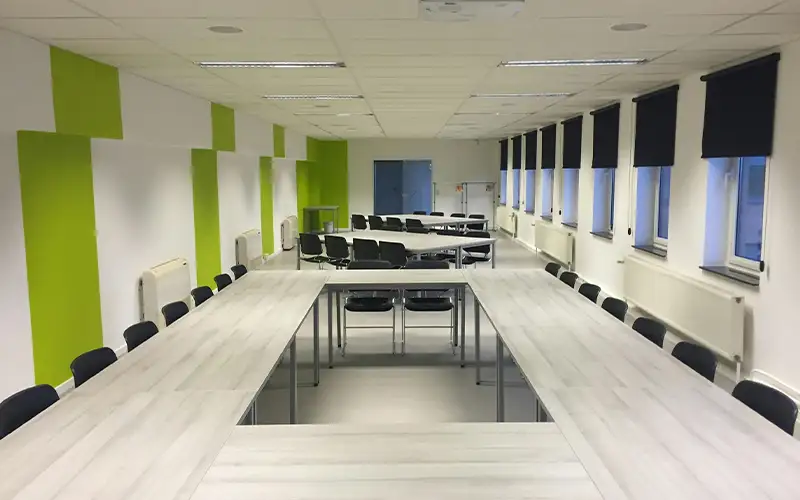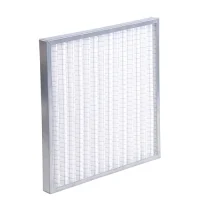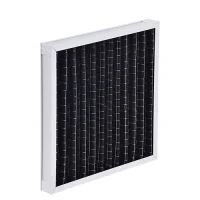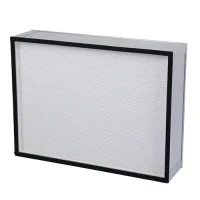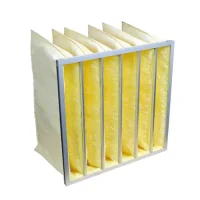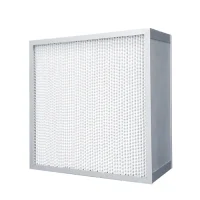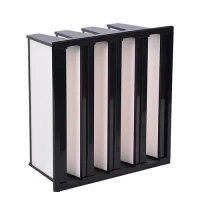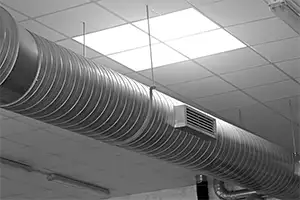Air filtration is crucial in office buildings for ensuring a healthy, comfortable, and productive environment.
Office spaces are often shared by many people, which increases the risk of airborne contaminants affecting employee health and well-being.
Installing an effective air filtration system helps create a clean, safe atmosphere, reducing the risk of illnesses, allergies, and respiratory problems caused by poor air quality.
How Air Filtration Systems Reduce Indoor Air Pollution
Air filtration systems play a key role in reducing indoor air pollution by capturing harmful particles that circulate in the air.
Dust, pollen, pet dander, and mold spores are common pollutants in office environments, and these particles can trigger allergies, respiratory issues, and discomfort among employees.
HEPA filters, activated carbon filters, and other high-efficiency filtration solutions capture these particles, preventing them from being inhaled and ensuring cleaner air throughout the building.
Additionally, air filters remove volatile organic compounds (VOCs), odors, and harmful chemicals from furniture, paints, and cleaning products, improving the overall air quality.
The Importance of Controlling Temperature, Humidity, and Airborne Particles in Office Environments
Maintaining proper temperature and humidity levels is crucial in office spaces. High humidity can lead to mold growth and exacerbate respiratory issues, while low humidity can cause dry skin, throat irritation, and discomfort.
By using air filtration systems integrated with HVAC systems, businesses can control humidity and temperature to keep employees comfortable year-round.
In addition to temperature and humidity, controlling airborne particles is vital. Fine particles such as dust, smoke, and pollen can settle on surfaces and affect the cleanliness of the workspace.
These particles also impact the efficiency of office equipment, leading to potential issues with computers, copiers, and other electronic devices. Air filtration systems help reduce these particles in the air, contributing to cleaner office spaces, improved health, and better productivity for employees.


